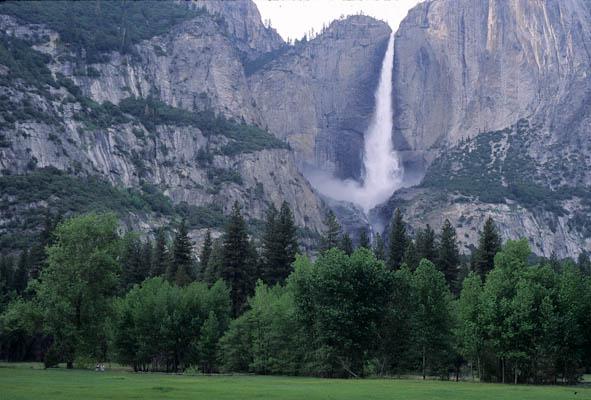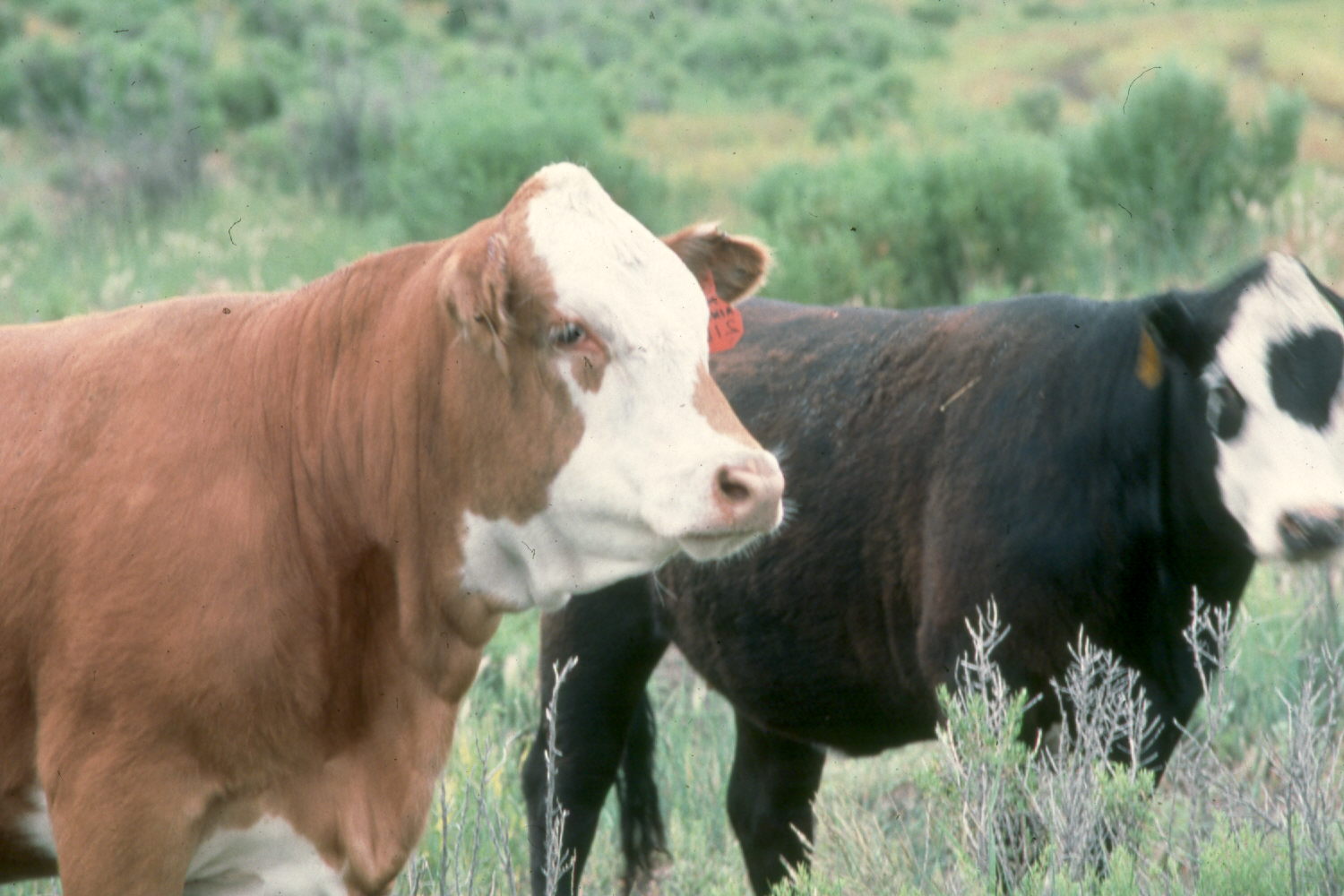livestock grazing
-
Cattle grazing, a practice that dates back to the creation of Grand Teton National Park and is also observed in a dozen other parks, is a part of the park’s historical legacy. However, that legacy is still creating conflicts between park values and livestock interests. A current controversy is over a $700,000 fence in the…
-
The BOSH project in southern Idaho ultimately plans to destroy tens of thousands of acres of juniper woodlands on BLM lands. BOSH stands for Bruneau-Owyhee Sagebrush Habitat Project. The advocates of the BOSH project use pejorative language to characterize the Juniper clearing from the landscape. Terms like “restoring” the “natural” condition of the land assume…
-
Biden and Haaland’s Opportunity to Further Conservation President Biden and Secretary of the Interior Deb Haaland could go down in history if they created additional National Monuments. Although Biden has created or enlarged seven National Monuments by executive proclamation so far in his Presidency, numerous other public lands should be given protection before the November…
-
Attached is a Zoom talk I gave to the Massachusetts Sierra Club on the ecological costs of livestock grazing in the West, but I also provide evidence that livestock production has a serious global impact.
-
Cattle congregating in the riparian area, Chama, New Mexico. Photo George Wuerthner SOIL CARBON AND LIVESTOCK Rangelands make up a large proportion of the Earth’s surface, and the soils hold a significant amount of sequestered carbon (Schuman,G.E et al. 2001). Rangelands are estimated to contain more than one-third of the world’s above and below ground…
-
Prime pygmy rabbit sagebrush habitat along the Big Lost River where I lived while working for the Challis National Forest. Photo George Wuerthner Years ago, I worked on the Challis National Forest and lived along the Big Lost River in Central Idaho. One of my favorite winter activities was skiing through the big sagebrush…
-
“The grazing of livestock, where established prior to the effective date of this Act, shall be permitted to continue subject to such reasonable regulations as are deemed necessary by the Secretary of Agriculture.” The Wilderness Act of 1964, Section 4(d)(4)(2) Cattle grazing designaed wilderness in the Sonoran Desert National Monument, Arizona. Photo George Wuerthner No…
-
Cattle grazing in the Blue Range Wilderness of New Mexico. Photo George Wuerthner Anyone who has ever worked on public lands livestock issues knows that modifying the negative impacts of ranching operations, much less eliminating them, is nearly impossible. Domestic livestock grazing even occurs in national parks, national monuments, wilderness areas, and other public lands…



